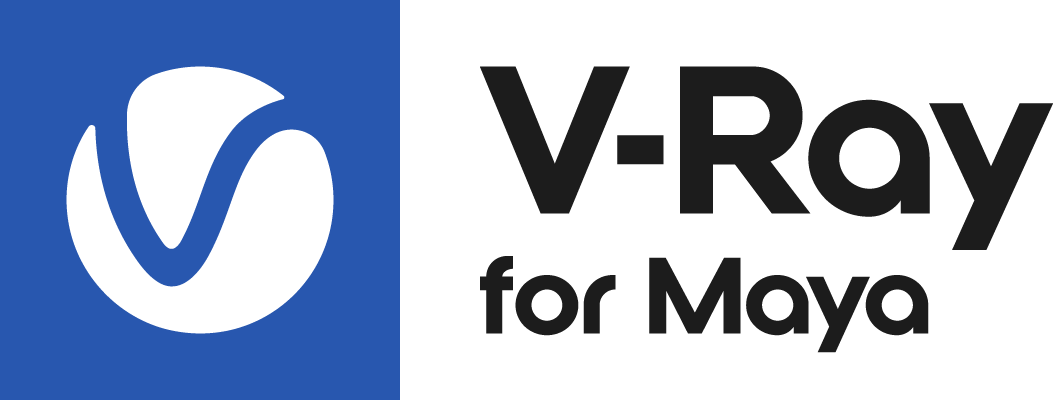This guide shows how to set up the Standard Surface shader with textures within the MaterialX Stack in Maya 2025.
The scene used for the example contains a shader ball and studio lighting. The steps show options available in Maya 2025.
Want to follow along but don’t have a license?
Step 1: Create and assign MaterialX
In Maya 2025, go to the LookdevX Graph Editor and select the MaterialX graph.
Create a Standard Surface shader and dive into the container.
Select the object in the Outliner and expand the materialXStack.
Right-click on the surfacematerial node and select Assign Material to Selection.
Step 2: Set up Diffuse and Roughness
To set the Base Color, a tiledimage node is used to load a diffuse texture.
Connect a texcoord node to the texcoord input of the tiledimage node.
Make sure you use the correct Node Type. For the texcoord node in this scene, the Node Type is set to vector2, since it coordinates a 2D image.
The tiledimage Node Type is set to color3, which stands for RGB.
Let's create Roughness control with a new map.
For ease of use, copy the tiledimage and texcoord nodes.
Set the new tiledimage's Node Type to float. Connect the output of the tiledimage node to the specular_roughness input of the standard_surface node. Load the Roughness map using the File field.
Step 3: Set up a Normal map
To create a bump effect, let's set up a Normal map.
Copy once again the texcoord and the tiledimage nodes. Load the normal map of your choice using the tiledimage node.
Create a normalmap node.
Connect the nodes and set the Node Type of the tiledimage node to vector3. The vector3 Node Type is used for reading normal maps.
If there is a discrepancy between the node types of the connected output and input, the LookdevX Graph Editor pushes a warning.
Finally, connect a new tangent node to the tangent input of the normalmap. Set the normalmap Space to tangent.
Set the tangent node's Space to world. This is the default surface tangent vector.






